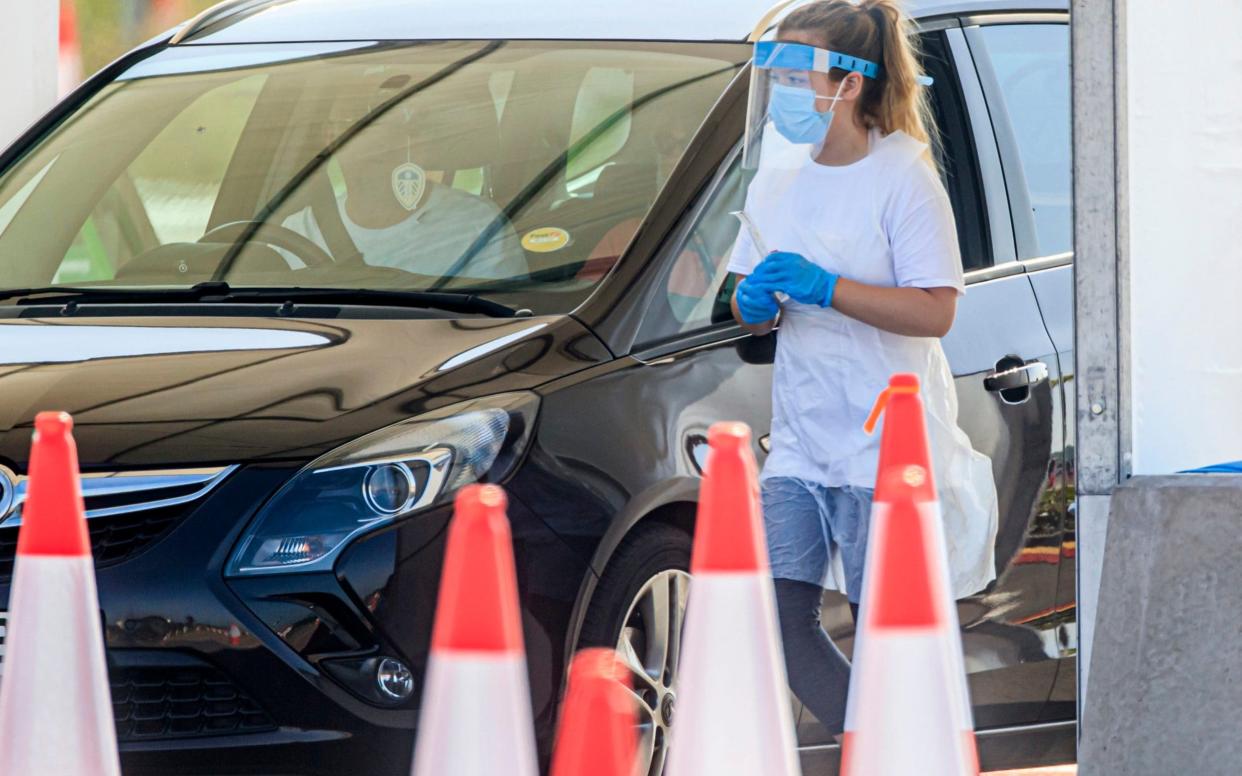Government admits 30K fewer people tested positive for Covid than previously thought


The number of people testing positive for coronavirus is 30,000 fewer than previously thought, after the government admitted it had been double counting test results.
In the latest testing controversy, the Department of Health and Public Health England (PHE) said it was changing its methodology for reporting positive cases after finding duplicates in pillar 1 and 2.
Pillar 1 tests key workers and those in NHS hospital settings while pillar 2 is in the wider community, but there appears to be an overlap which was only discovered when local data was compiled recently, which showed national figures were too high.
Experts said the way different organisations had collected the data had caused ‘widespread confusion', and meant that figures released at the daily press conferences have been consistently wrong.
One local councillor complained that ‘Leicester has been locked down for counting errors' although PHE said the new localised data was not impacted by the duplication.
Carl Heneghan, Professor of Evidence-Based Medicine at the University of Oxford, said: "The analysis and production of epidemiological data throughout this outbreak has been uncoordinated, with too many entities involved in its dissemination.
"This has led to errors, but also delays and widespread confusion. This latest episode was highly foreseeable and not an accident. We need a connected approach to communicating the data that makes it clear and less confusing for the end user."
In more testing problems, it also emerged on Thursday that PHE had to retrospectively trace people who had tested positive for coronavirus, after failing to ask for their postcodes at the time.
At the peak of the epidemic, between April 1 and 22, those who used drive-through testing centres were not asked to provide details of their home address.
In this time 45,000 tests were carried out by the private labs, though many will have been home testing kits. PHE admitted that it had carried out "retrospective matching" but said this was completed by May 9.
A spokesman said that since April the data "has continued to improve enabling greater detail to be passed onto the local health system in the past few weeks" and that "all councils in England now have the ability to securely access additional testing data, right down to the postcode level".
It also emerged that King's College symptom tracker app had picked up more coronavirus hotspots which appear to have been missed by government testing.
Although a government advisor said there were no worrying areas apart from Leicester, Kings said its app showed Dudley and Wolverhampton, both in the Midlands, are now most at risk of needing a local lockdown.

In recent days, the university has started modelling the results from its Covid Symptom Study app, which has more than 3.9 million downloads and 1.5 million users regularly logging symptoms and test results, to see where infection rates are spiking.
Data from the app retrospectively identified spiking rates in Leicester, which led to the city going into lockdown this week, as early as June 17. The team at King's has been sharing its findings with the NHS to help inform the Government's response.
Prof Tim Spector, an epidemiologist leading the King's team, said its data showing the two midlands towns now had similar prevalence rates as Leicester, where infection rates are now dropping following the recent restrictions.
He added: "This fresh look at the data was inspired by the local lockdown in Leicester, and we challenged ourselves to see if our app data could highlight any other local hotspots, and we are really pleased that it does.
"The new model picked up Leicester as a consistent hotspot back on June 17, which suggests it is accurately picking up places of concern."

 Yahoo News
Yahoo News 
